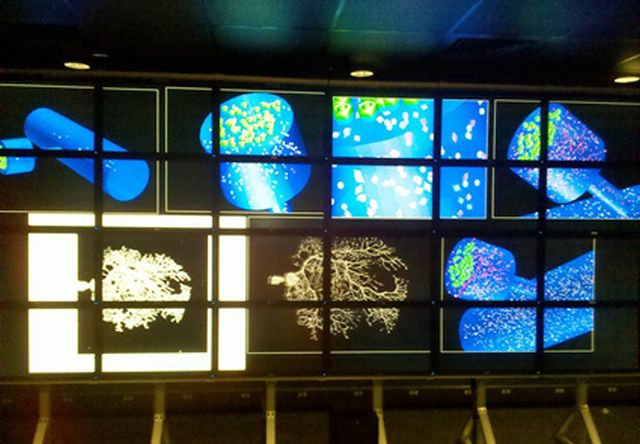
The University of Texas at San Antonio (UTSA) has announced the purchase of a microscope that will bring humans closer to understanding Autism, and how the contribution of incorrect wiring impacts the function of certain regions of the brain.
The National Science Foundation (NSF) and UTSA jointly awarded close to $840,000 towards the new two-photon holographic microscope that will be used to write commands into neurons.
Dr. Fidel Santamaria, an associate professor in UTSA’s department of biology and a computational neuroscientist, says the microscopic precision will enable scientists to activate specific pathways in the brain.
“We can activate the connections between neurons, known as synapses,” he explained. “More importantly, we can train neurons to respond to a specific pattern of synaptic activity. In that way, writing in a memory into the circuit,” says Santamaria.
“Only when we have control and know the type of information that we are ‘writing in’ the circuitry of the brain and ‘read out’ the activity of the neurons, then we will be able to truly understand how the nervous system works,” he said.
In two-photon holographic microscopy, a laser is used to project a movie in 3-D of the researcher-programmed neural stimulation (or inputs) to networks of neurons in living tissue. Simultaneously, a second laser is used to record the response of the neurons to this stimulation.
Through this process, it will then be possible to determine how the nervous system, in health and disease, transforms inputs-into-outputs, the UTSA release said.
UTSA’s multi-disciplinary team include principal investigator Santamaria and Gabriela Romero Uribe, from biomedical engineering.
The device will be a catalyst to promote interactions among groups across campus and serve other initiatives such as the Brain Health Consortium of UTSA.
Students from participating laboratories will develop proficiency in explanations of the technology, protocols, applications, and results obtained from their research, the NSF grant says.
A compilation of student produced and narrated computer presentations and training videos will be made available to the lay public, and incorporated into student-curated Wikipedia pages as part of a public-science literacy outreach initiative.
The U.S. Army Corps of Engineers has been tasked with…
Brown and Caldwell, a leading environmental engineering and construction firm,…
Humboldt State University, one of four campuses within the California…